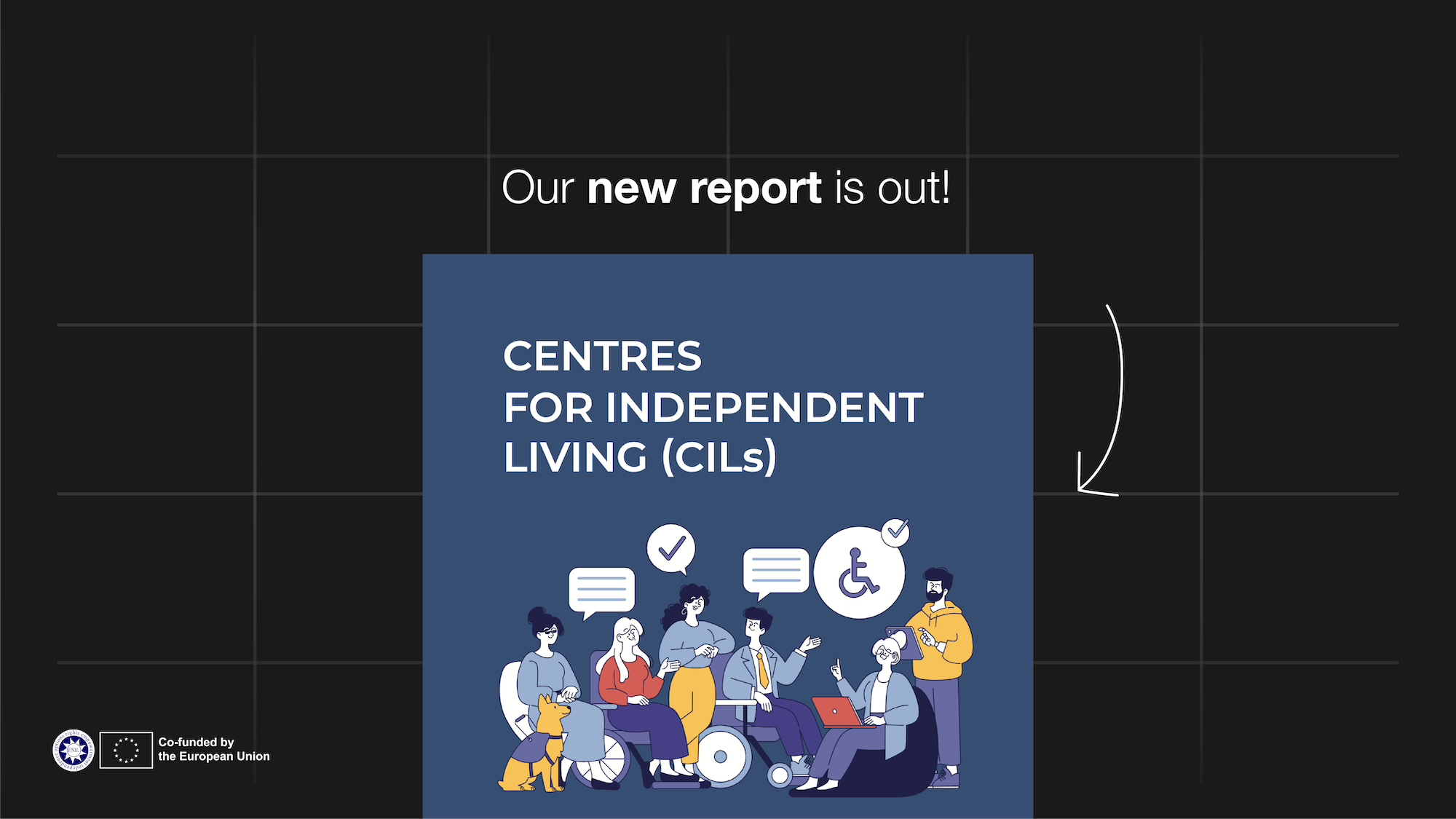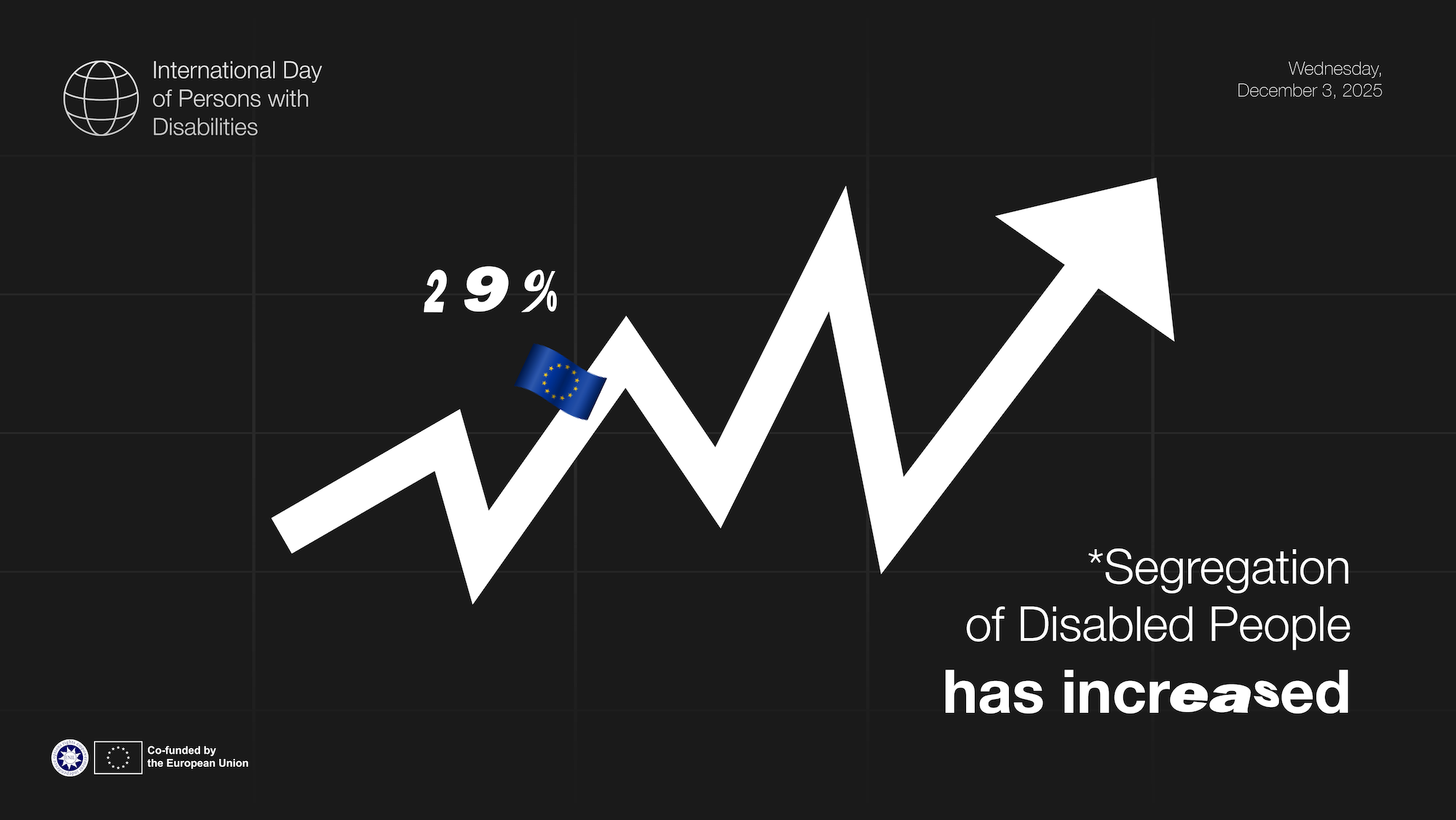At the beginning of March 2022, the European Commission launched a public consultation on the new European Care Strategy. This article explains the main points set out in ENIL’s response to this consultation.
A new initiative on long-term care was first mentioned in the European Pillar of Social Rights Action Plan in March 2021. It was followed by an announcement, in September 2021, by the Commission President Ursula von der Leyen, which referred to the need for a European Care Strategy “to support women and men in finding the best care and work-life balance for carers”. The Care Strategy will consist of a Commission Communication, accompanied by proposals for Council Recommendations. According to the Commission, it will be aligned with other strategies, including the Strategy for the Rights of Persons with Disabilities, the European Child Guarantee and the Strategy on the Rights of the Child.
ENIL’s response focused on the need to ensure alignment of the new Care Strategy with the UN Convention on the Rights of Persons with Disabilities (CRPD). We noted the fact that people with so-called “care needs” are protected by the CRPD, whether they identify as disabled or not. In this respect, we asked for the Care Strategy to be clear about who it targets – using a rights-based approach – and for those in need of support to be treated separately from “carers”. It is those in need of support who should be at the centre of the strategy, and fully involved in its development and implementation.
We also highlighted the fact that the term “care” is indicative of a medical model approach and is patronising towards disabled people. In addition to medical care, disabled people need first and foremost support in the community, in line with Article 19 of the Convention.
Finally, our submission called for a recognition of the harms of institutionalisation and an emphasis on the need to move away from residential care to community-based support and services. There is a strong legal basis in the European Union for this, but it needs to be reflected in all strategies and plans for investment. If not, we risk the European Care Strategy leading to continued segregation of disabled people, older people, and children.
You can read ENIL’s full response here.




